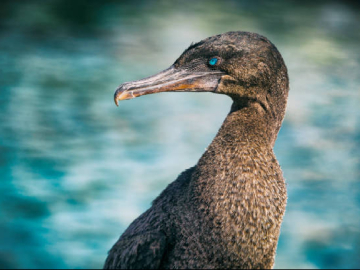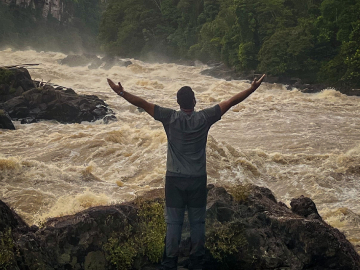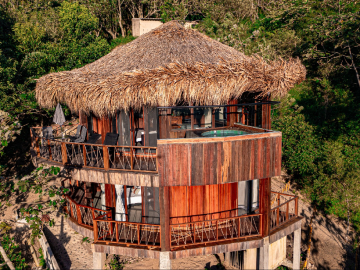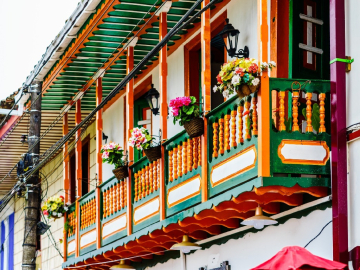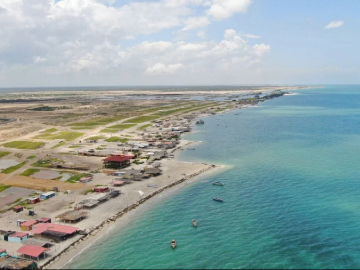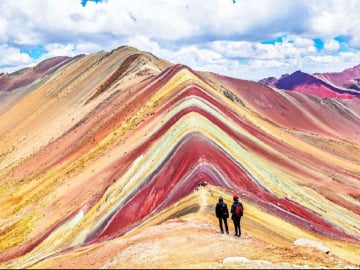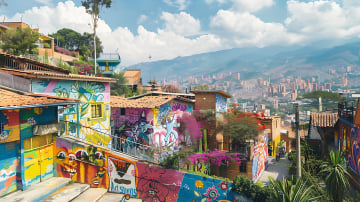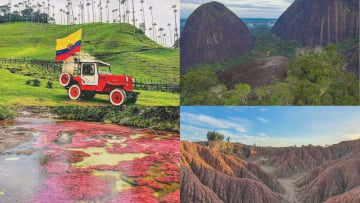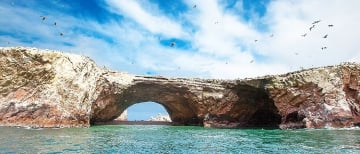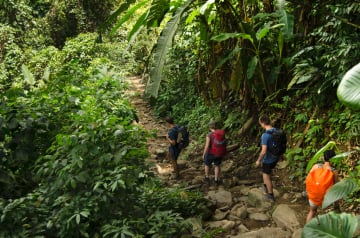Biosphere Reserves in Colombia, where they are and what they are
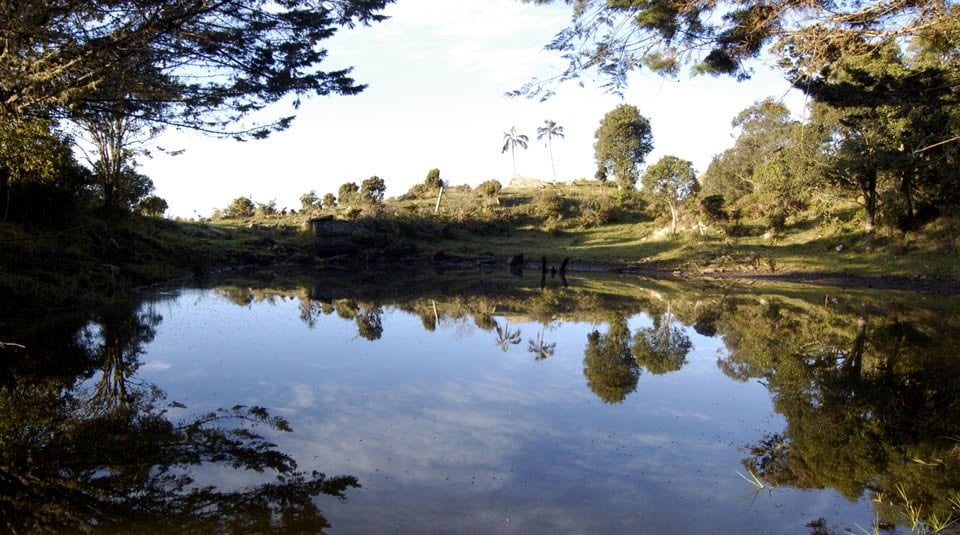
Do you know what Biosphere Reserves are? Do you know how many are there in Colombia? And in Santa Marta? These reserves are defined as representative areas of different terrestrial and marines ecosystems or a mix between them, created to promote a balanced relationship between humans and nature.
You might be interested in: Learn about Colombia's Intangible Heritage Sites
This is a category created by the UNESCO, which means that the protected area is internationally recognized due to its relationship between nature, sustainable development, and land management. Biosphere Reserves are special territories because each one of them offers something to the planet; either in terms of diversity of fauna or flora, which cannot be offered anywhere else in the world. It is something unique and unrepeatable.
You might be interested in: Learn about Colombia's wetlands that are important to the world
There are five Biosphere Reserves in Colombia that are represented in 8 protected areas, which together form an area of 24 million hectares, of which a little more than 76% are part of the marine ecosystem and the remaining 24% is terrestrial.
You might be interested in: Get to Know the Heritage Towns in Colombia; the most beautiful towns in Colombia
These are the Biosphere Reserves in Colombia
Cienaga Grande in Santa Marta

This is the biggest lake in the country and one of the most important Biosphere Reserves in Colombia for the life of the planet. It has a great diversity of mangroves, forests, and sanctuaries of fauna and flora where it is possible to see more than 60 different species of animals. It is possible to visit this Natural Park but you cannot camp inside it. It is recommended to stay in one of the towns nearby.
Huila's Peak
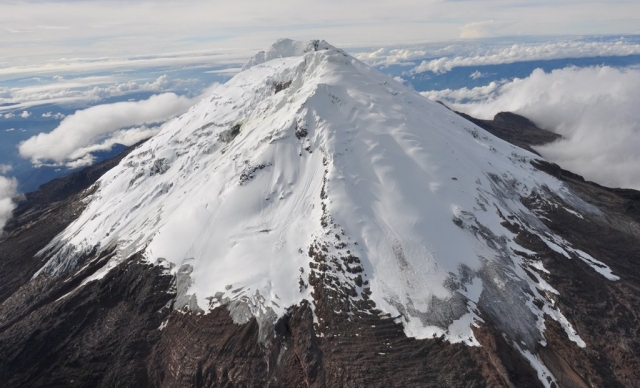
Out of the Biosphere Reserves in Colombia, this is considered a really important one since it supplies two of the most important basins in the country, cataloging it as a really important hydric source of the Colombian massif. In addition to that, the area also has the largest number of glacial relicts of the Central Andes. In addition to these characteristics, Huila?s Peak is the condor?s homeland (which is the national symbol), golden eagle, spectacled bear and other danger of extinction species. It is also the home of the Pieces indigenous people.
Cueva de Los Guácharos National Natural Park
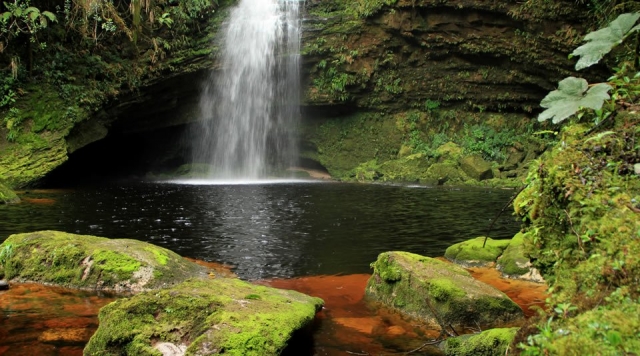
It was first declared National Park in 1969, then it was declared as a Biosphere Reserve in 1979 by the UNESCO. It takes its name from guácharos, birds that inhabit dark caves in the day and go out to look for food at night and are oriented by echolocation similar to bats; however, these are not the only animals that inhabit it. The park also offers beautiful and harmonious landscapes, as well as its caves that are like being transported to another world.
Sierra Nevada of Santa Marta
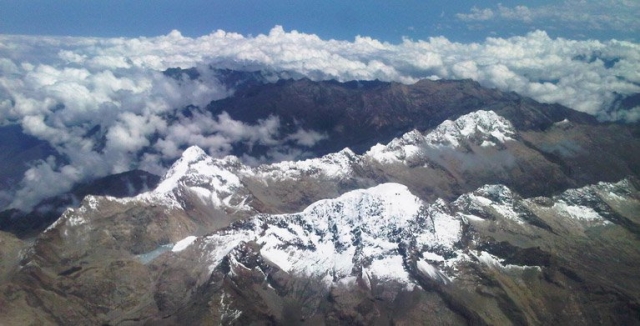
It is the world?s highest coastal mountain range with two peaks reaching an altitude of 5.775 MT; Cristobal Colon Peak, which is the highest mountain in the country, and the Simon Bolivar Peak. Due to its variety of ecosystems, thermal floors by the sea, its unique beauty and its historical and cultural richness, the Sierra Nevada constitute a unique place to visit and belongs to the select group of Biosphere Reserves in Colombia by UNESCO since 1979. It is the cradle of the Tayrona civilization, and nowadays, it is home to their descendant communities such as the Arhuaco, Kogui, Kankuamo, and Wiwa. There are two areas that are famous within this big Biosphere Reserve because of their beauty and meaning to local indigenous tribes; they are the Tayrona National Natural Park and the Lost City.
Puracé National Natural Park
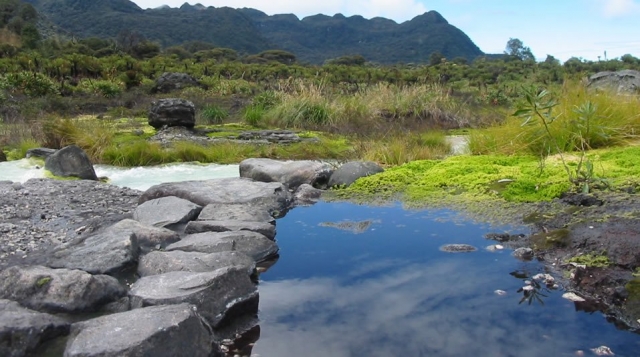
Puracé, which in Quechua tongue means "mountain of fire", it is a volcanic area composed of a chain of 11 volcanos, of which only Puracé remains active. The main rivers of Colombia born there: Magdalena, Cauca, Patía and Caquetá, and there are also 30 calm and clear lagoons perfect for contemplation and reflection.
Seaflower Reserve
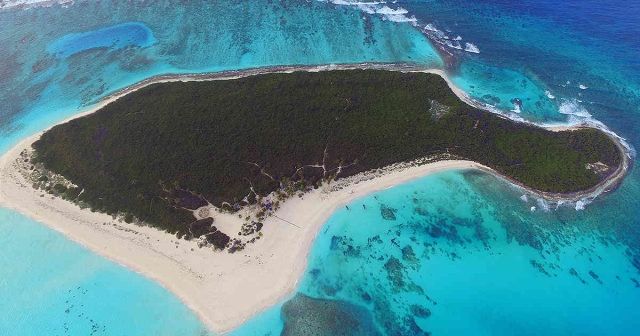
Seaflower Reserve in San Andres and Providencia is not only a Biosphere Reserves. Seaflower has 180.000 kilometers, which makes it the biggest Reserve in the world. It has all the marine and coastal ecosystems representative of the tropical zone, and as if it was not enough, it has the third largest barrier reef in the world, which gives Seaflower maximum importance for Colombia and the world.
Actividades relacionadas
Estos son los las actividades relacionadas con el articulo
Articulos relacionados
Estos son los articulos relacionados



